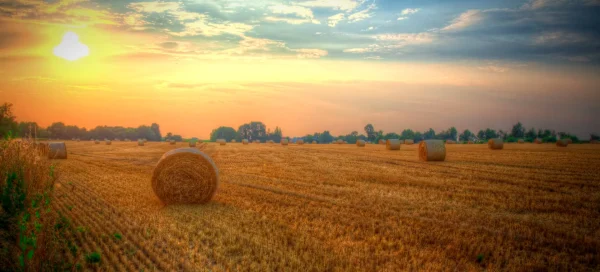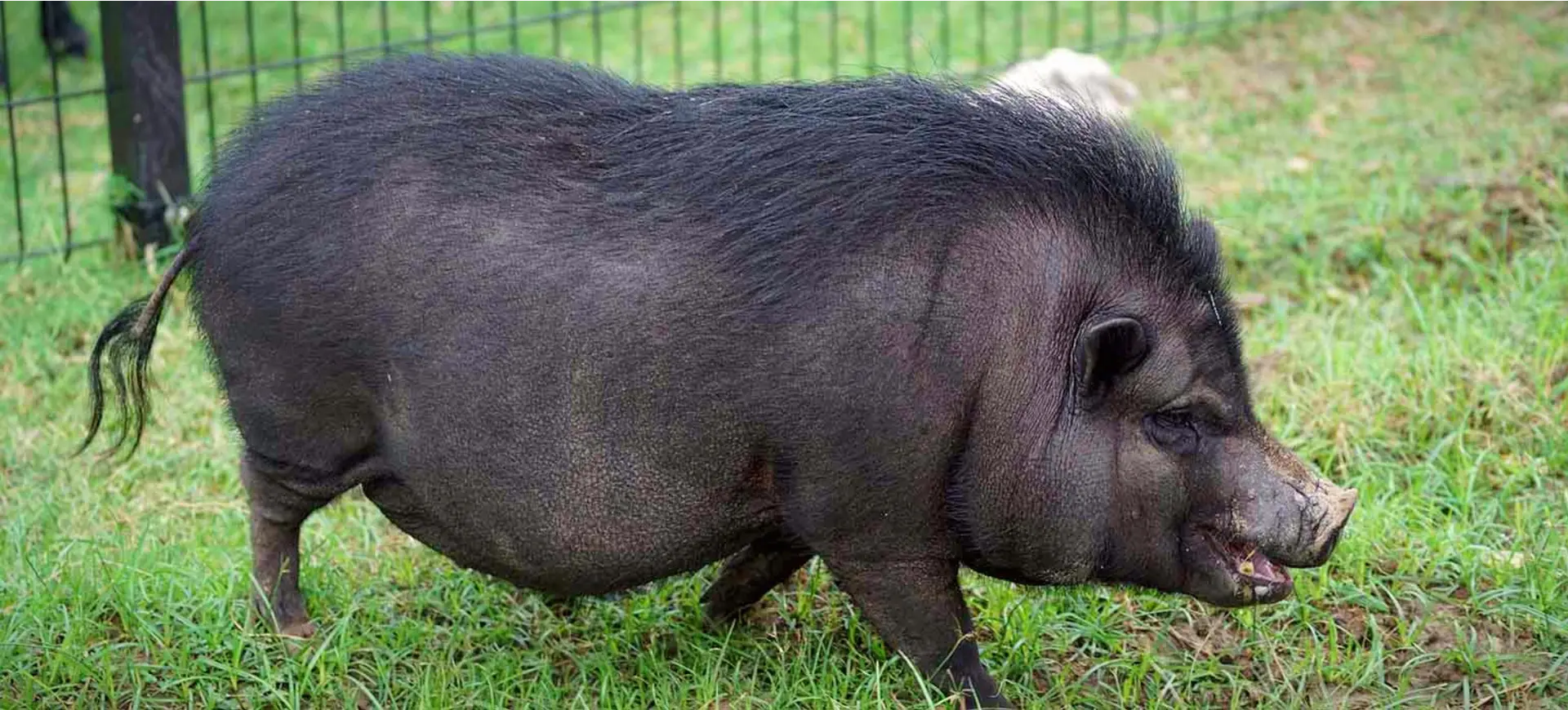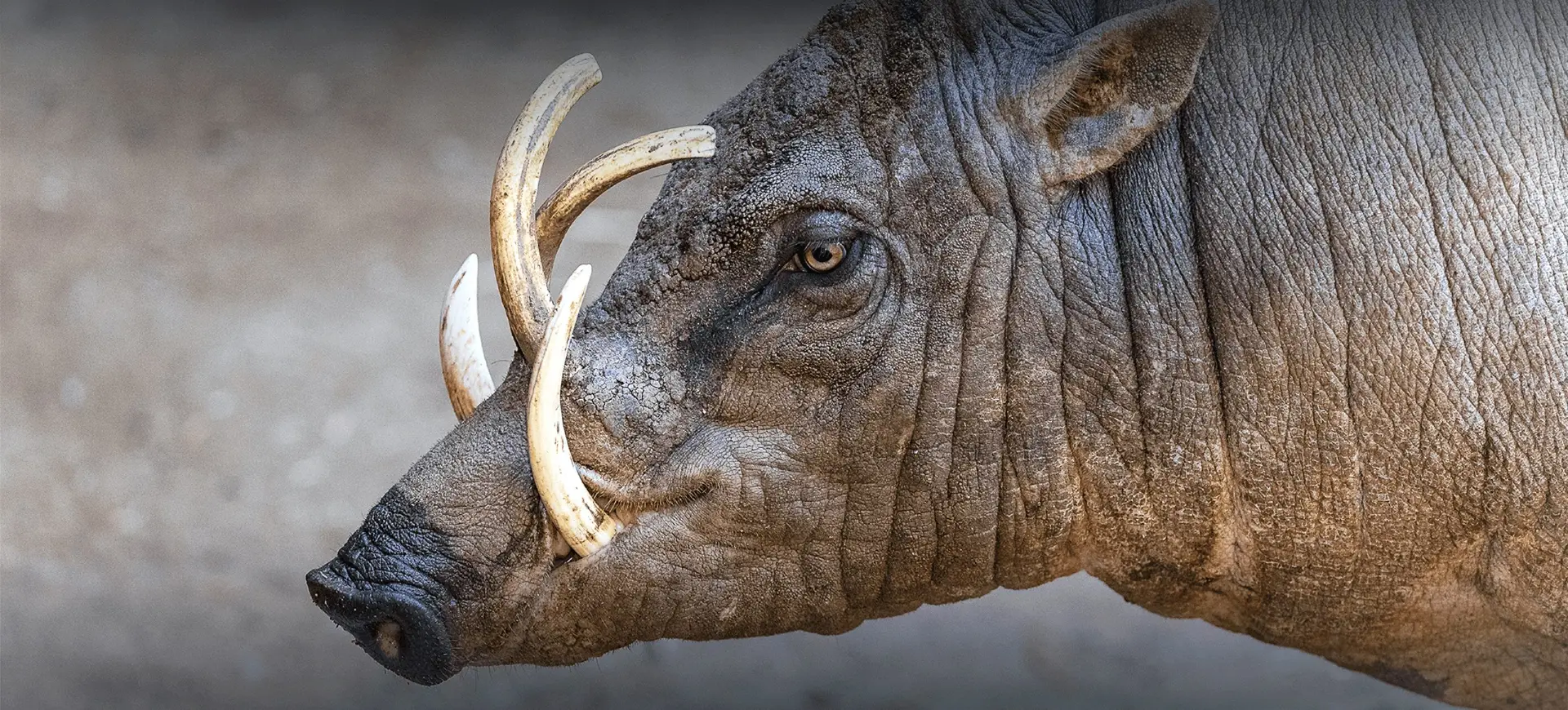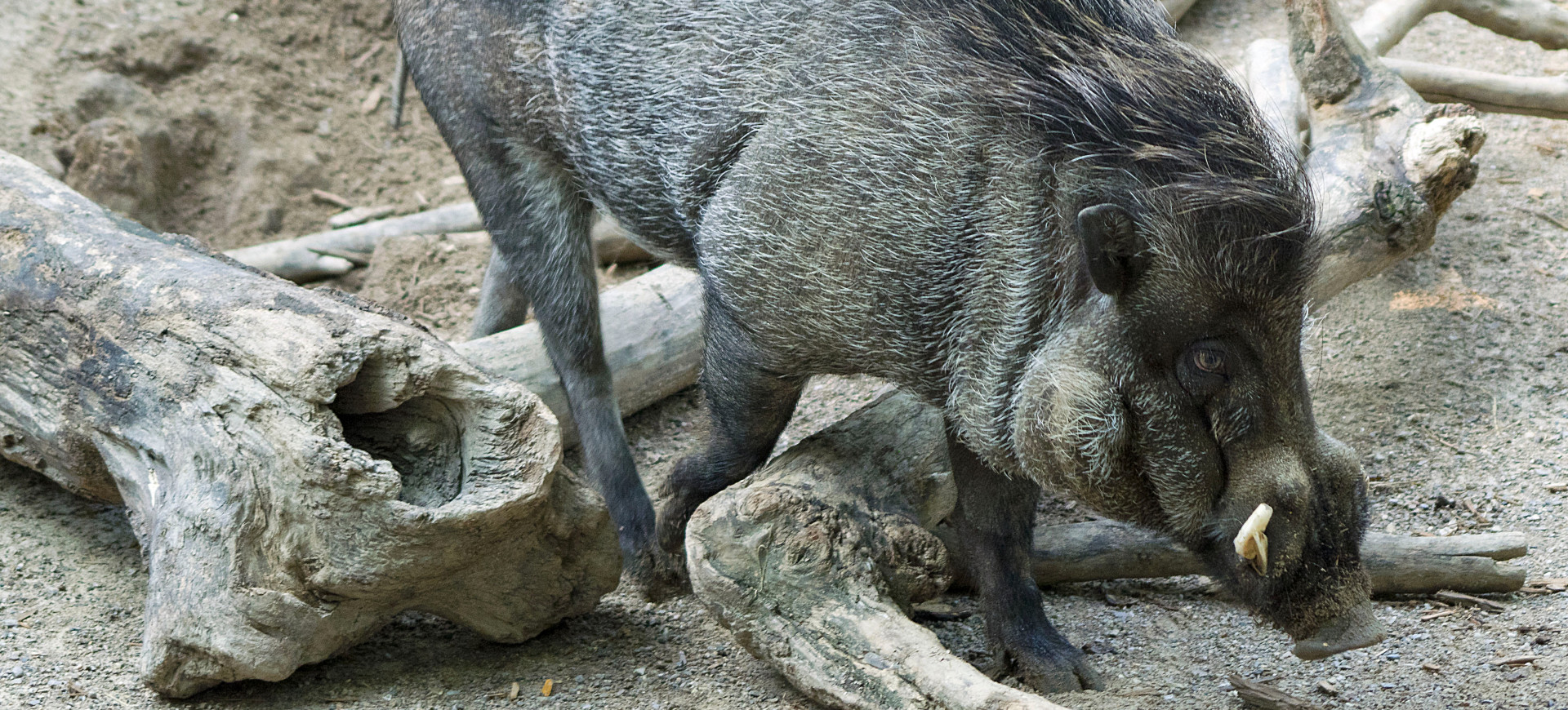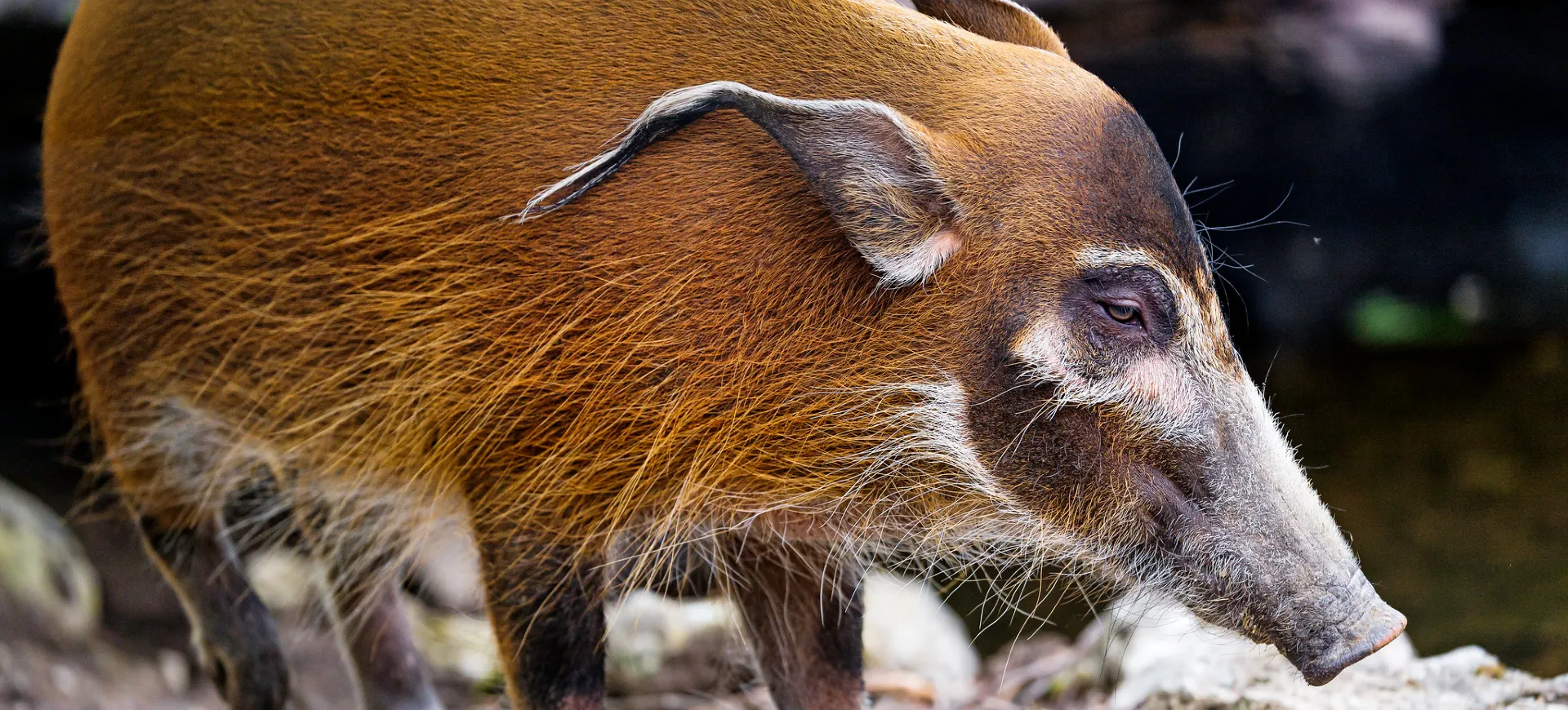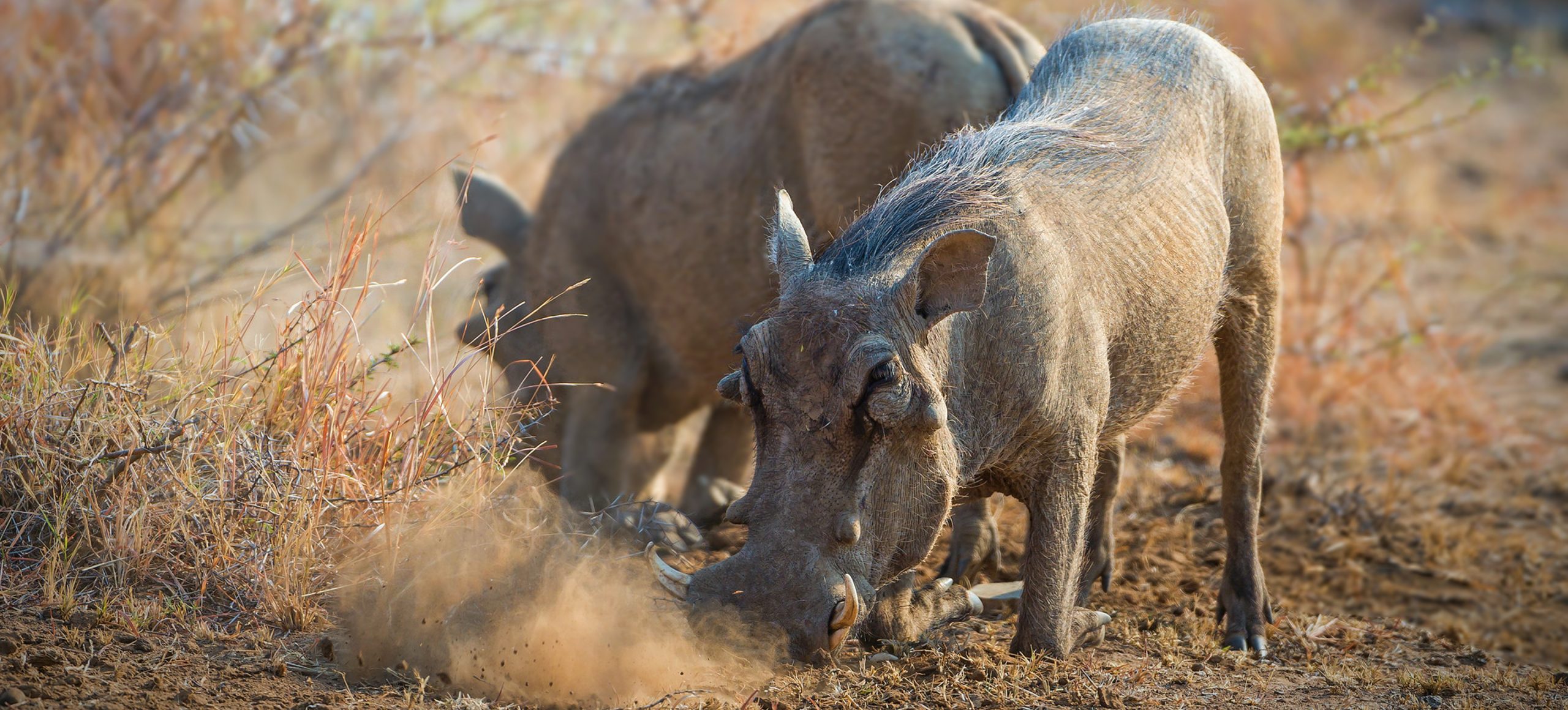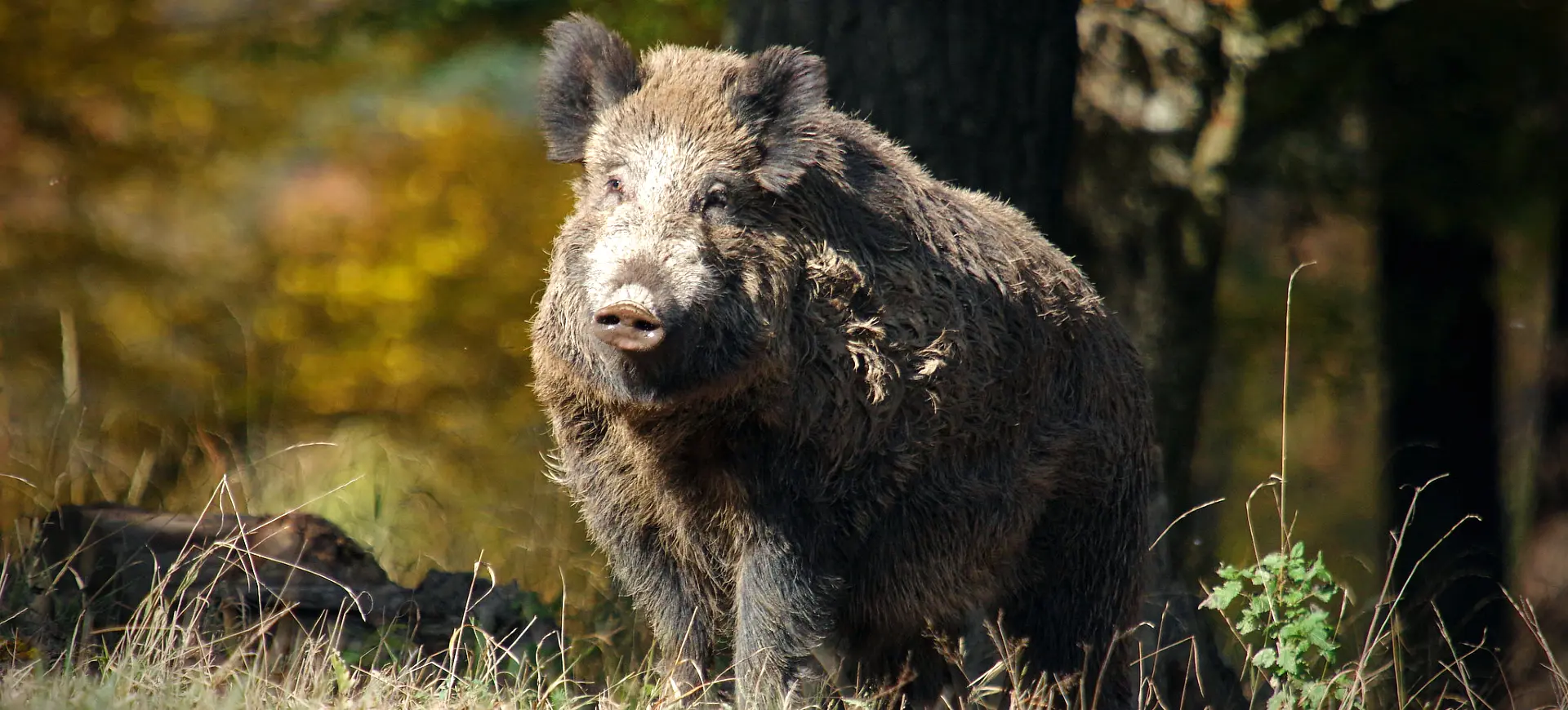Overview
The domestic pig, known scientifically as Sus domesticus, is a subspecies of the wild boar. It has been domesticated for thousands of years and plays a significant role in human culture and agriculture. Pigs are known for their intelligence, social nature, and adaptability to various environments. Their physical characteristics vary widely due to selective breeding, resulting in various sizes and colors.
Domestic pigs are omnivorous animals, consuming a diverse diet that includes plant and animal matter. They are known for their strong sense of smell, which they use to forage for food. Pigs have a distinctive snout for digging into the soil to find food. They are also notable for their vocalizations, which include grunts and squeals, used to communicate with each other.
In various cultures, pigs have been bred for different purposes, including meat production, leather, and even as pets. They are integral to many agricultural systems around the world. The domestication of pigs has significantly impacted human society, leading to advancements in farming practices and contributing to local economies.
Taxonomy
Kingdom
Phylum
Class
Order
Family
Genus
Species
Type
Physical Description:
Domestic pigs vary greatly in appearance due to selective breeding. They are in various colors, including black, white, brown, and spotted patterns. Pigs typically have a large head with a long snout, which is highly sensitive and used for foraging. Their bodies are stocky with short legs, and they have a bristly coat of hair.
The size of domestic pigs can vary widely based on breed and farming practices. Some breeds, like the Pot-bellied pig, are kept small for pet purposes, while others are bred for large sizes for meat production. Pigs have a barrel-shaped body and can vary from lean to fat. Their ears can be erect or floppy, depending on the breed.

Lifespan: Captivity: ~10 Years

Weight: Male: 300-700 lbs (136-317 kg) || Female: 300-500 lbs (136-227 kg)

Length: Male: 55-78 inches (140-198 cm) || Female: 48-70 inches (122-178 cm)

Height: Male: 30-48 inches (76-122 cm) || Female: 28-46 inches (71-117 cm)

Top Speed: 11 mph (17.7 km/h)
Characteristic:
Native Habitat:
Domestic pigs do not have a native habitat per se, as they are domesticated animals. They originated from wild boar populations, which were native to Eurasia. The domestication process began thousands of years ago, leading to their spread across the globe with human civilizations.
In modern times, domestic pigs are found in various environments, from small farms to large agricultural facilities. They can adapt to a wide range of habitats but generally require environments with access to water and shade. Pigs are often kept in enclosures that protect them from extreme weather conditions and predators.
Climate Zones:
Biomes:
WWF Biomes:
Biogeographical Realms:
Continents:
Countries:
Diet:
Diet & Feeding Habits:
Domestic pigs are omnivores, eating a wide range of food items. In agricultural settings, their diet primarily consists of grains, soybeans, and corn, supplemented with vitamins and minerals. They also consume various fruits, vegetables, and occasional meat scraps.
Pigs have a highly efficient digestive system. They can digest fibrous materials effectively, making them valuable in converting inedible scraps into protein. In natural or free-range environments, pigs forage for roots, insects, and small animals. Pigs are known to eat methodically, often not overeating unless food is scarce.
Mating Behavior:
Mating Description:
Domestic pigs have a polygynous mating system, where a single male mates with multiple females. The breeding process in agricultural settings is often carefully managed to ensure desirable traits in the offspring. Male pigs, or boars, reach sexual maturity at around 8-10 months, while females, or sows, mature slightly earlier.
The reproductive behavior of pigs includes a range of vocalizations and physical cues. Sows exhibit an estrous cycle of approximately 21 days, with estrus lasting 2-3 days. During this period, they are receptive to mating. Gestation in pigs lasts about 114 days, and a sow can give birth to many offspring, typically between 6 and 12 piglets.
Reproduction Season:
Birth Type:
Pregnancy Duration:
Female Name:
Male Name:
Baby Name:
Social Structure Description:
Domestic pigs are social animals and exhibit complex social behaviors. In natural conditions, they live in groups known as sounders, typically consisting of females and their young. Male pigs may be solitary or form smaller groups. Social hierarchy is established within these groups, with dominant individuals having priority access to food and mating opportunities.
In agricultural settings, the social structure of pigs can be influenced by human management practices. Pigs are often kept in groups, and social dynamics can affect their welfare and productivity. Understanding and managing these social interactions is important in pig farming, as stress and aggression can impact growth and health.
Groups:
Conservation Status:
Population Trend:
The population of domestic pigs is difficult to quantify precisely due to their widespread distribution and use in agriculture. They are one of the most numerous large mammals on the planet, thanks to their domestication and breeding for food. The population trend for domestic pigs is generally considered stable or increasing, correlating with the demands of the human population for pork products.
In many parts of the world, the population of domestic pigs is controlled through farming practices. This includes breeding programs to improve traits such as growth rate, meat quality, and disease resistance. In some regions, particularly where small-scale farming is prevalent, pig populations may fluctuate based on local economic conditions and cultural practices.
Population Threats:
While domestic pigs are not threatened, they can threaten local ecosystems when they become feral. Feral pigs compete with native wildlife for food and can cause significant damage to vegetation and soil. They are known to prey on small animals and ground-nesting birds, impacting local biodiversity.
Regarding health, domestic pigs are susceptible to various diseases, including swine flu, African swine fever, and foot-and-mouth disease. These diseases can significantly impact pig populations, particularly in areas with high-density farming. Disease outbreaks can lead to large-scale culling of affected animals to prevent spread, impacting the pig population and the agricultural economy.
Conservation Efforts:
Conservation efforts for domestic pigs are primarily focused on sustainable farming practices and disease control. This includes research into genetics, nutrition, and veterinary medicine to improve the health and welfare of pigs in agricultural settings. Efforts are also made to prevent the establishment and spread of feral pig populations to protect native ecosystems.
Regarding disease control, significant resources are allocated to monitoring and managing diseases that affect pigs. This includes vaccination programs, biosecurity measures on farms, and international cooperation to control diseases that can cross borders. These efforts are crucial for maintaining the health of domestic pig populations and the safety of the global food supply.
Additional Resources:
Fun Facts
- Pigs are considered among the most intelligent domestic animals, capable of complex problem-solving and quickly learning new skills.
- Their acute sense of smell makes them effective truffle hunters, locating these valuable fungi buried underground.
- Pigs communicate using a variety of vocalizations, with over 20 sounds that convey different emotions and intentions.
- They are social animals forming close bonds with other pigs and developing strong connections with humans.
- While often depicted with curly tails, not all pig breeds have this feature; some have straight tails.
- Contrary to popular belief, pigs are naturally clean animals. They prefer to keep their sleeping areas separate from their bathroom areas.
- Pigs have excellent memories and are known for remembering complex environments and learning tasks for long periods.
- They are capable of a range of emotions and have been observed to show empathy for other pigs in distress.
- Pigs are susceptible to sunburn, so they often roll in mud to create a layer of protection against the sun.
- Pigs are good swimmers who enjoy water, often using them to cool off in hot climates.





